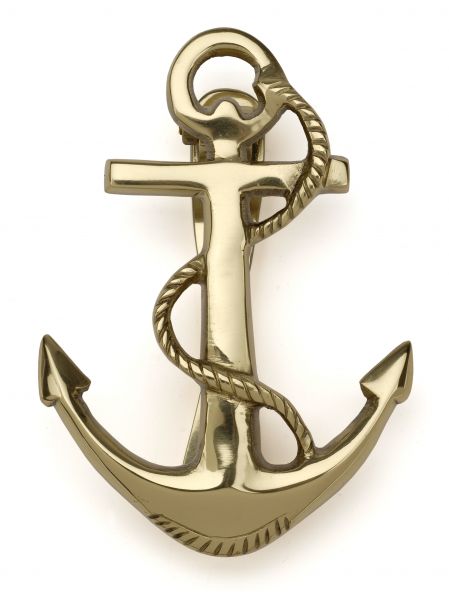HMS Audacious was a King George V-class battleship of the Royal Navy.
The vessel did not survive its first conflict, being sunk by a naval mine off the northern coast of Donegal in Ireland in 1914.
At the beginning of World War I Audacious was part of the Second Battle Squadron of the British Grand Fleet. On 27 October 1914 the Second Battle Squadron, consisting of the 'super-dreadnoughts' HMS King George V, HMS Ajax, HMS Centurion, Audacious, HMS Monarch, HMS Thunderer and HMS Orion, left Lough Swilly to conduct gunnery exercises at Loch na Keal.
In a middle of a turn at 08:05 Audacious ran upon a mine laid by the German auxiliary mine-layer Berlin. The port engine room was flooded immediately, and Audacious began to list heavily and settle by the stern. Captain Cecil F. Dampier, thinking that the ship had been attacked by a submarine, hoisted the submarine warning and the rest of the squadorn steamed away from possible danger. Audacious, though unmanageable, was still capable of making 9 knots (17 km/h) on her starboard engine. Dampier believed that he had a chance of making the 25 miles (40 km) to land and beach the ship.
The light cruiser Liverpool stood by, while Audacious broadcast distress signals by wireless. The Commander-in-Chief of the Grand Fleet, Sir John Jellicoe ordered every available destroyer and tug out to assist, but did not dare send out battleships to tow Audacious in because of the apparent submarine threat. Meanwhile the White Star liner Olympic arrived on the scene.
At 10:50, with flooding worsening in the starboard engine room, Audacious stopped. Dampier brought the head of the ship round to sea and ordered all non-essential crew off. Boats from Liverpool and Olympic assisted until all but 250 men were taken off. At 13:30 the captain of Olympic, Commodore Haddock, suggested that his ship attempt to take Audacious in tow. Dampier agreed and with the assistance of the destroyer Fury a tow line was passed within half an hour. The ships began moving toward Lough Swilly, but Audacious was so unmanageable that the tow line parted. Liverpool and the collier Thornhill attempted to take the battleship in tow, but to no avail. In the mean time, at 13:08 a message had arrived from the coastguard station at Mulroy that the steamer Manchester Commerce had been mined in the same area the day before.
At 16:60 Malin Head reported that the sailing vessel Cardiff had also been mined the previous night. Upon learning this, at 17:00 Jellicoe ordered the pre-dreadnought battleship Exmouth out to attempt to tow Audacious in. In case the ship was saved he also requested an officer from the Construction Department at the Admiralty in anticipation of major repairs.
Vice-Admiral Sir Lewis Bayly, commander of the First Battle Squadron, arrived on the scene in the boarding vessel Cambria and took over the rescue operation. With dark approaching, Bayly, Dampier and the remaining men on Audacious were taken off at 19:15. At 21:00 Audacious capsized and exploded, sending débris into the air. A piece of armour plate fell on and killed a petty officer on Liverpool, which was 800 yards (730 m) distant. This was the only casualty in connection with the sinking.
Jellicoe immediately proposed that the sinking be kept a secret, which the Board of Admiralty and the British Cabinet agreed to, an act open to ridicule later on. For the rest of the war Audacious' name remained on all public lists of ship movements and activities. Many Americans on board Olympic were beyond British jurisdiction and discussed the sinking. Many photos had been taken and even one moving film. By 19 November the loss of the ship was accepted in Germany. Jellicoe's opposing number in Germany, Reinhard Scheer, wrote after the war: "In the case of the Audacious we can but approve the English attitude of not revealing a weakness to the enemy, because accurate information about the other side's strength has a decisive effect on the decisions taken.

No comments:
Post a Comment